-
Sold out

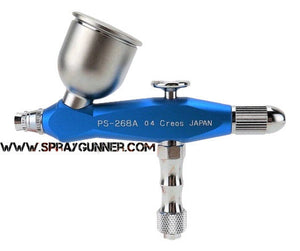 Vendor:GSI Creos Mr. Hobby
Vendor:GSI Creos Mr. HobbyGSI Creos Mr. Airbrush Procon Boy PS-268AB 0.4 single action
Regular price $78.00 USDRegular price -

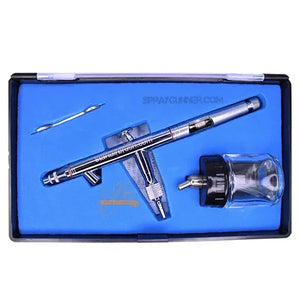 Vendor:NO-NAME brand
Vendor:NO-NAME brandAffordable siphon feed Air Brush By NO-NAME Brand
Regular price $25.00 USDRegular price -
Sold out

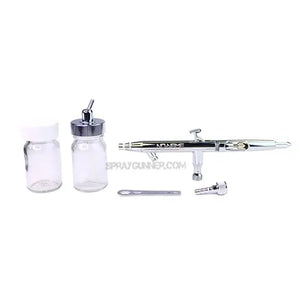 Vendor:NO-NAME brand
Vendor:NO-NAME brand0.5mm Siphon Feed Air Brush Kit by NO-NAME Brand
Regular price $80.00 USDRegular price -
Sold out

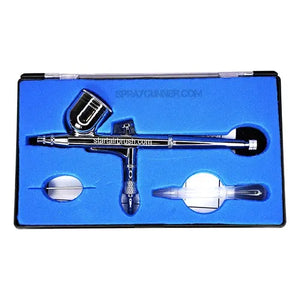 Vendor:NO-NAME brand
Vendor:NO-NAME brandAffordable gravity feed Air Brush By NO-NAME Brand
Regular price $19.75 USDRegular price -

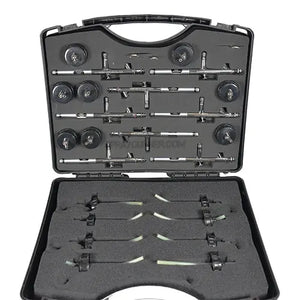 Vendor:NO-NAME brand
Vendor:NO-NAME brandSiphon-Feed Airbrush kit (set of 8) by NO-NAME Brand
Regular price $200.00 USDRegular price -
Sold out

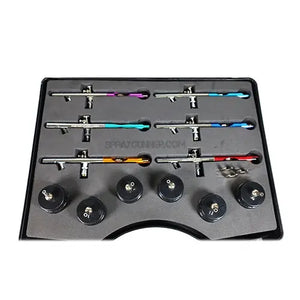 Vendor:NO-NAME brand
Vendor:NO-NAME brandSiphon-Feed Airbrush kit (set of 6) by NO-NAME Brand
Regular price $95.00 USDRegular price$120.00 USD-$25.00 USD Sale price $95.00 USD -
Save $8.00 USD

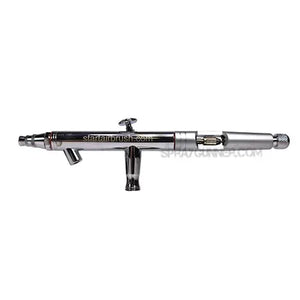 Vendor:NO-NAME brand
Vendor:NO-NAME brandSiphon-Feed Airbrush Kit with hose by NO-NAME Brand
Regular price $25.00 USDRegular price$33.00 USD-$8.00 USD Sale price $25.00 USD -
Sold out

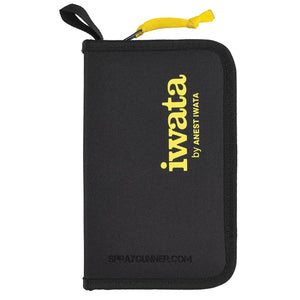 Vendor:Iwata
Vendor:IwataIwata Eclipse HP-BCS 6-Pack with Zippered Airbrush Case
Regular price $683.25 USDRegular price -
 Vendor:Iwata
Vendor:IwataIwata Eclipse HP-BCS Value Set
Regular price $137.50 USDRegular price -

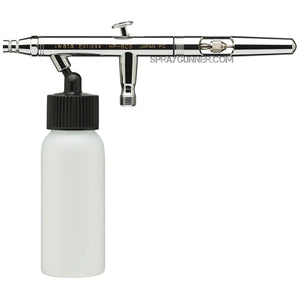 Vendor:Iwata
Vendor:IwataIwata Eclipse HP-BCS Siphon Feed Dual Action Airbrush
Regular price From $122.00 USDRegular price -
Save $5.85 USD

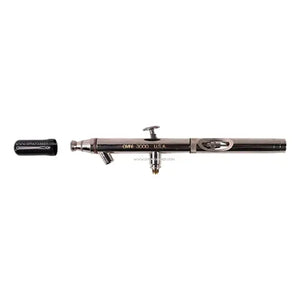 Vendor:Badger
Vendor:BadgerBadger Omni 3000 Airbrush
Regular price $84.15 USDRegular price$90.00 USD-$5.85 USD Sale price $84.15 USD -
Sold out

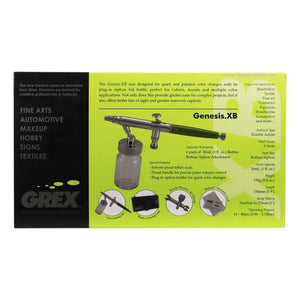 Vendor:Grex Airbrush
Vendor:Grex AirbrushGrex Genesis.XB
Regular price $139.00 USDRegular price$139.00 USDSale price $139.00 USD -
Sold out

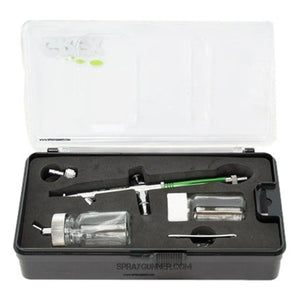 Vendor:Grex Airbrush
Vendor:Grex AirbrushGrex Genesis.XBi
Regular price $159.00 USDRegular price$159.00 USDSale price $159.00 USD -
Save $18.50 USD

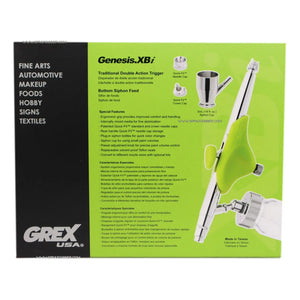 Vendor:Grex Airbrush
Vendor:Grex AirbrushGrex Genesis.XBi3 Airbrush Kit
Regular price $166.50 USDRegular price$185.00 USD-$18.50 USD Sale price $166.50 USD -
Save $18.50 USD

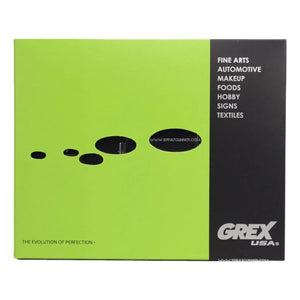 Vendor:Grex Airbrush
Vendor:Grex AirbrushGrex Genesis.XBi5 Airbrush Kit
Regular price $166.50 USDRegular price$185.00 USD-$18.50 USD Sale price $166.50 USD -
Save $12.90 USD

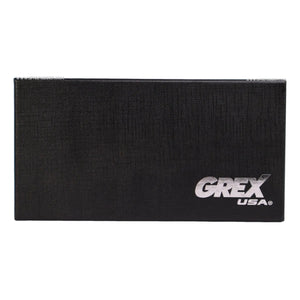 Vendor:Grex Airbrush
Vendor:Grex AirbrushGrex Genesis.XBi5 Essential Airbrush Set
Regular price $116.10 USDRegular price$129.00 USD-$12.90 USD Sale price $116.10 USD
Airbrush for T-shirt and Textiles
The Airbrush for T-shirt and Textiles collection is crafted for artists who love to transform plain fabrics into wearable masterpieces. Designed for precision, durability, and versatility, these airbrushes help you achieve vibrant and lasting results on clothing, canvas shoes, and other fabric surfaces.
Why choose an Airbrush for T-shirt and Textiles
Airbrushing on fabric requires specific performance features: smooth paint flow, soft control, and easy maintenance. Every airbrush in this collection is selected for consistent results, ergonomic design, and long-term reliability.
• Consistent atomization for clean gradients and even color application.
• Durable construction to handle textile paints and repeated cleaning.
• Smooth trigger response for controlled details and large color fills.
• Easy disassembly for quick cleaning after every session.
Each Airbrush for T-shirt and Textiles ensures comfort during long projects and precision that keeps your artwork crisp and detailed.
Explore the collection
You’ll find siphon-feed, gravity-feed, and complete airbrush kits suited for any creative workflow.
• Siphon-feed airbrushes – Great for thicker paints and high-volume work.
• Gravity-feed airbrushes – Ideal for delicate shading and fine artwork.
• Starter and pro kits – Include hoses, bottles, and tools to get you painting immediately.
Top brands like Iwata, Grex, Badger, Mr. Hobby, and NO-NAME bring options for beginners, professionals, and textile studios alike.
Pro tips for textile airbrushing
• Always use fabric-specific paints for flexibility and wash resistance.
• Maintain air pressure between 20–40 PSI depending on paint thickness.
• Apply multiple light layers to prevent bleeding.
• Heat-set the artwork for long-lasting results.
With the right Airbrush for T-shirt and Textiles, your designs will stay vivid, soft, and durable for years.
Why buy from SprayGunner
• Wide range of authentic, top-quality airbrushes.
• Expert customer support and fast U.S. shipping.
• Everything you need — paints, compressors, and accessories — in one place.































